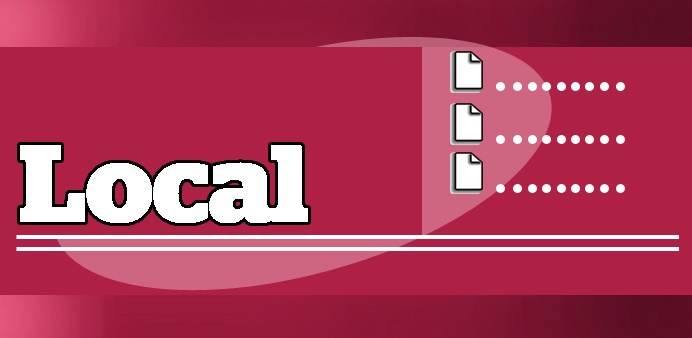By Santhosh V Perumal
Business Reporter
Domestic interest rates in Qatar are likely to rise during 2015-17 on increasing funding requirements of government and the commercial banks and “accentuated” by the US Fed lift off, according to the Ministry of Development Planning and Statistics (MDPS).
“Over the outlook period, and in circumstances where oil and gas revenues have ebbed and public sector deposits in the commercial banking system have fallen, domestic interest rates are likely to feel upward pressure from rising funding needs of government and the commercial banking system, which must now comply with tighter regulatory standards,” MDPS said in its Qatar Economic Outlook for 2015-17 Update.
Such pressure will also be accentuated by the prospective rise in US interest rates, it said.
“We might not need to increase the interest rates based on the liquidity study and looking at our domestic environment,” Qatar Central Bank (QCB) governor HE Sheikh Abdulla bin Saoud al-Thani had said in October.
Stressing that QCB was carefully watching global developments as possible spillover from changes in the US policy rates and low oil prices, he had said it will take appropriate actions, if and when, required to maintain monetary and financial stability in Qatar, where “growth continues, although at a moderate rate, despite low oil prices.”
Tighter liquidity conditions are also expected in circumstances where US dollar interest rates are now expected to track up and tighter prudential regulation of the commercial banking system will slow credit expansion, according to the QEO 2015-17 Update.
On the expected tightening of domestic liquidity conditions, MDPS said government deposits with the commercial banking system have come down, as have deposits with the QCB, and the anticipated “normalisation” of monetary policy in the US could eventually put upward pressure on riyal interest rates.
The Qatar Interbank Rate, which has been fairly stable over the year at a rate of just over 0.8%, spiked above 1% in the last week of October and remained elevated until mid-November. It was 0.87% on December 1.
“Measures that aim to buttress financial market safety and soundness will help protect against risks but will also constrain banks’ ability to lend,” it said.
In its latest stability review report, the central bank had said despite oil price induced fall in export earnings and government revenues and the consequent moderation in government deposits in the second half, systemic liquidity was comfortable during 2014 reflecting its active liquidity management operations. In the money market, this was reflected in lower inter-bank interest rates.



